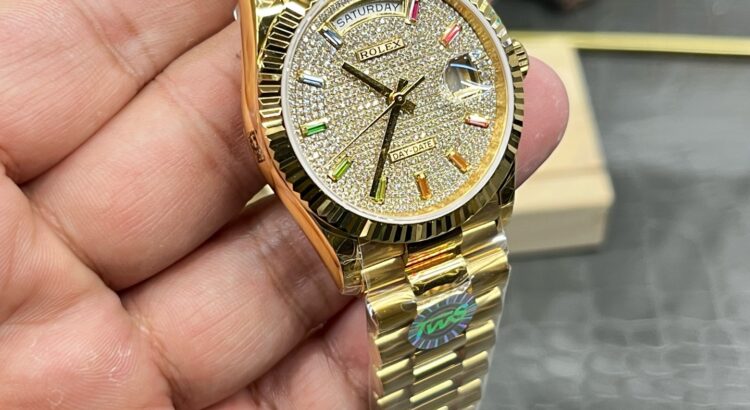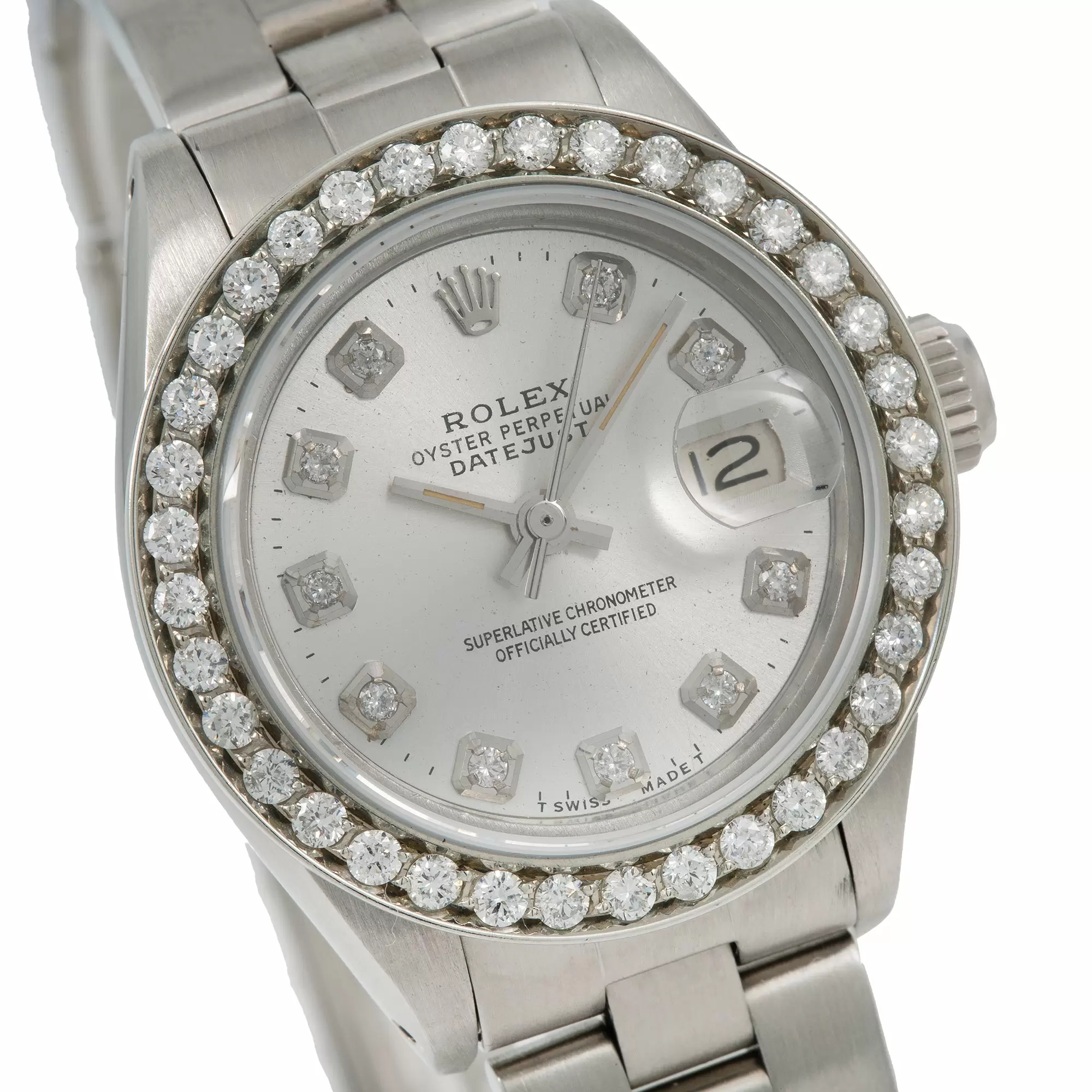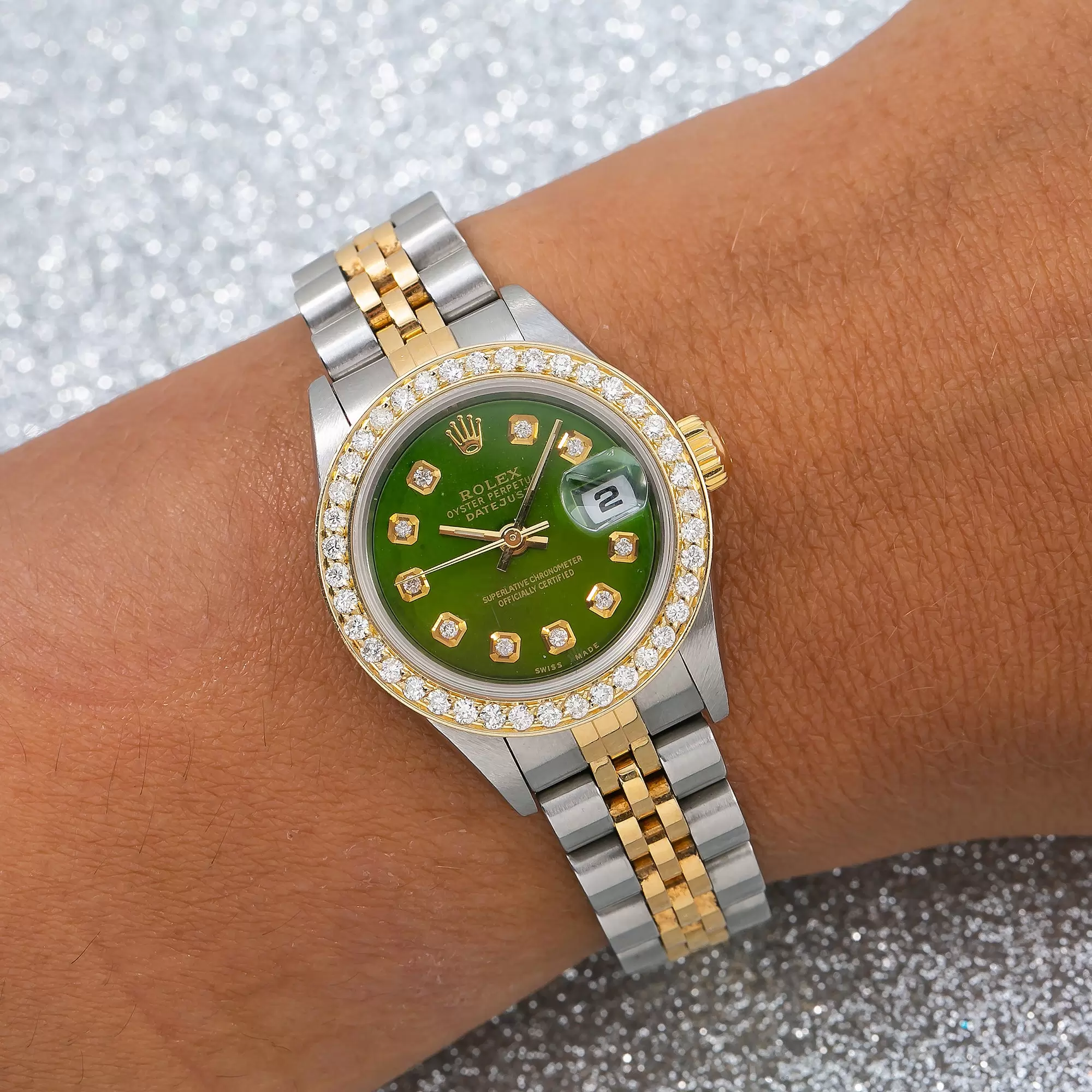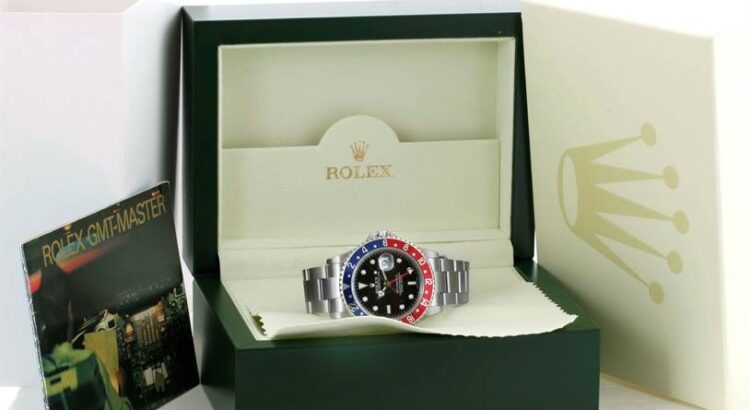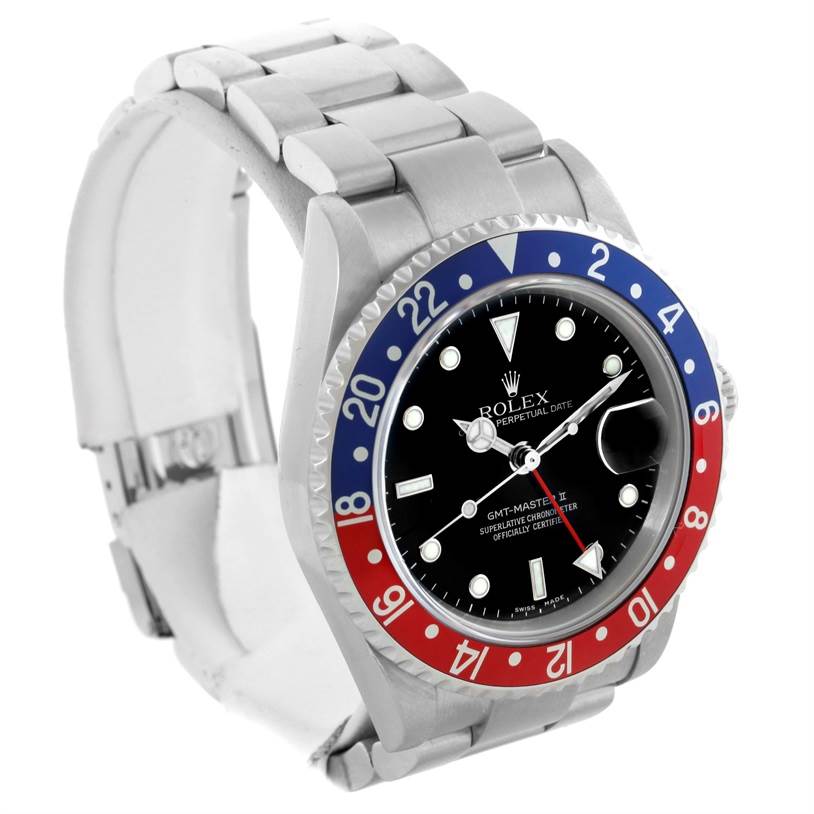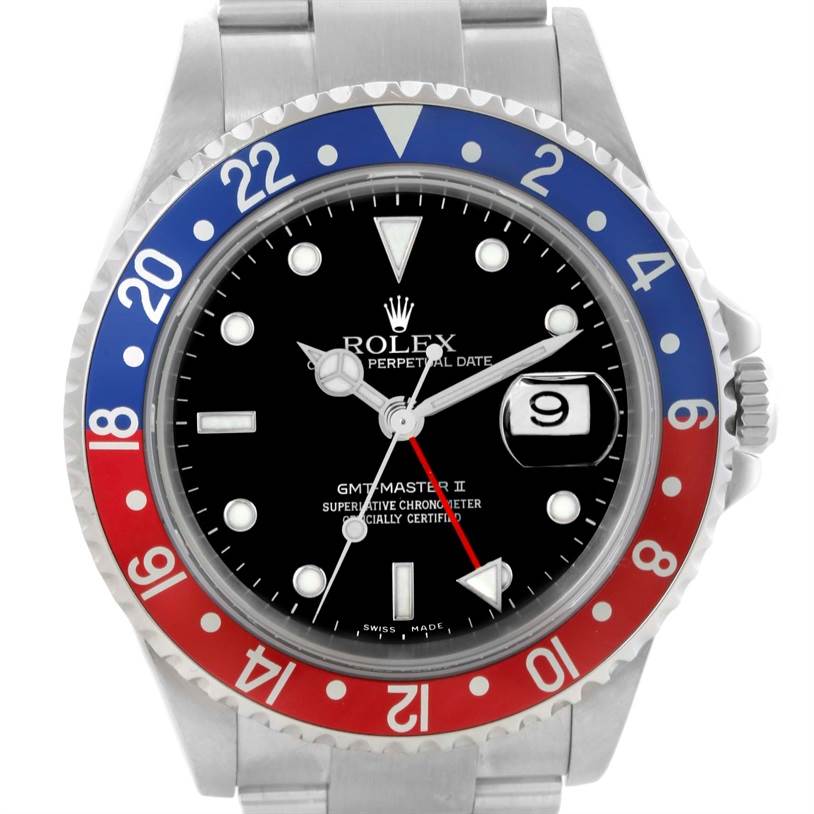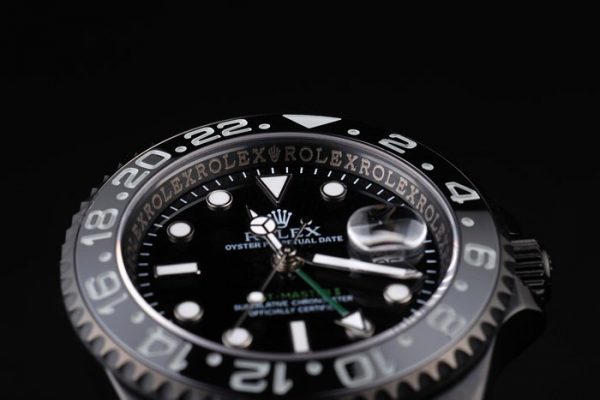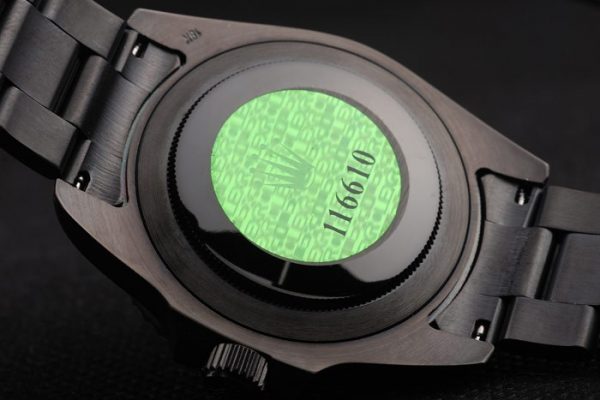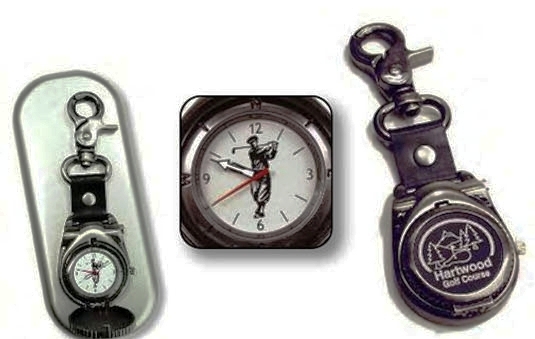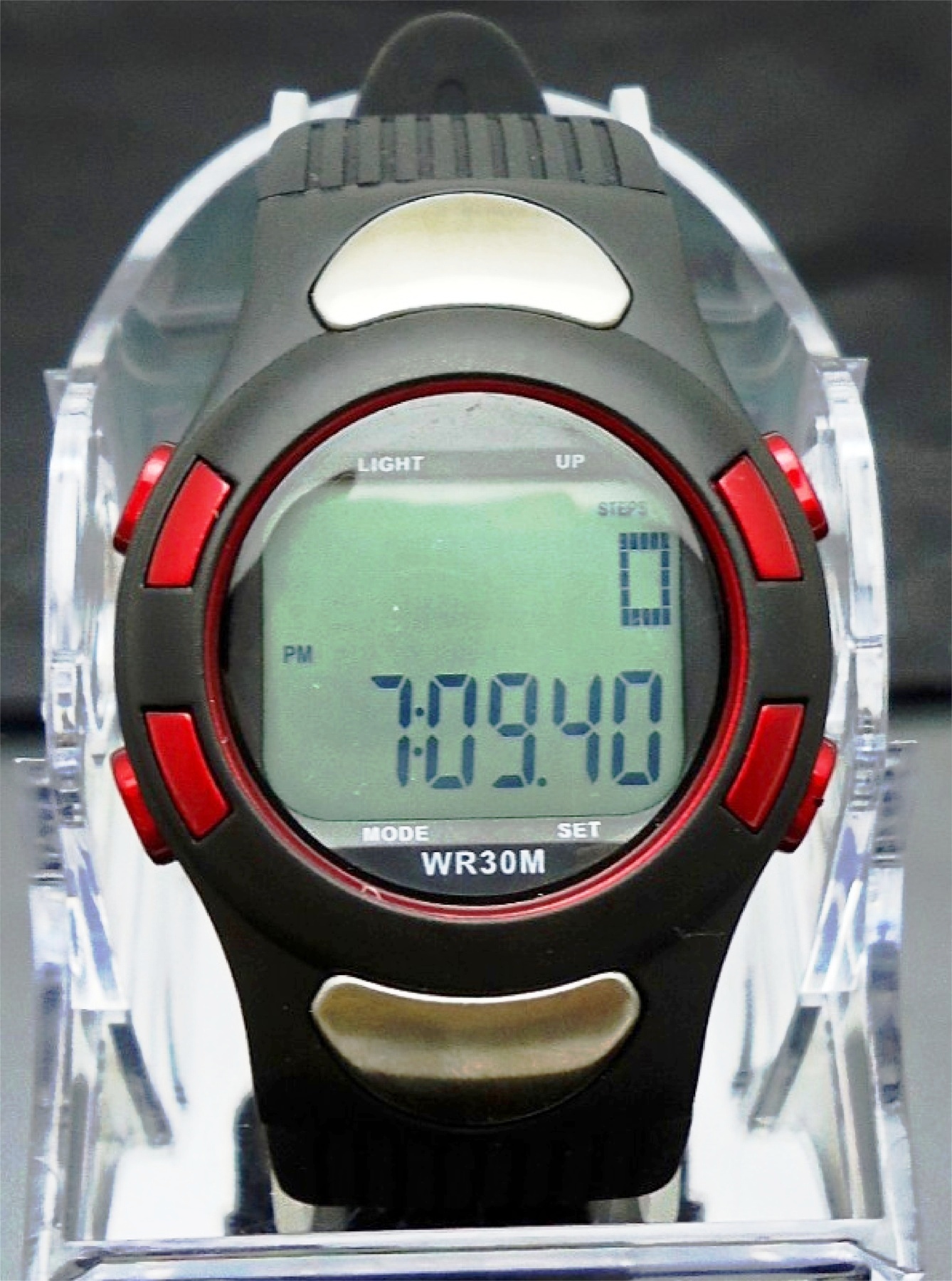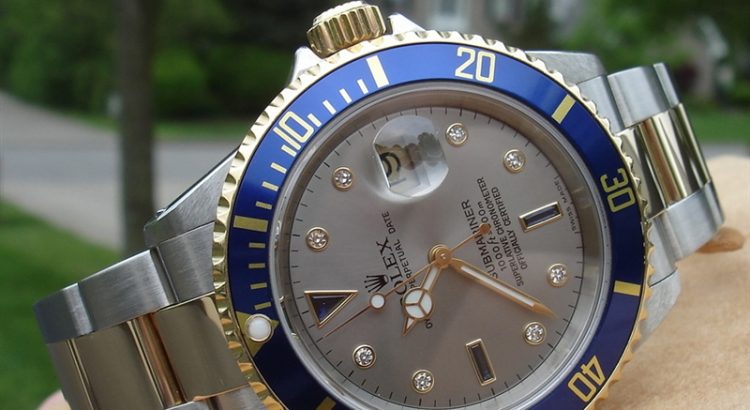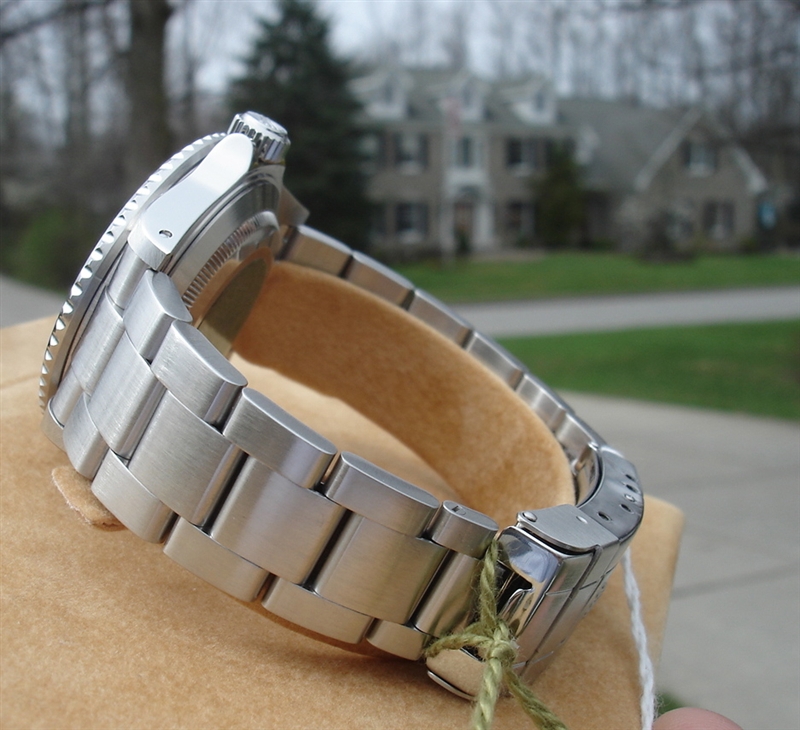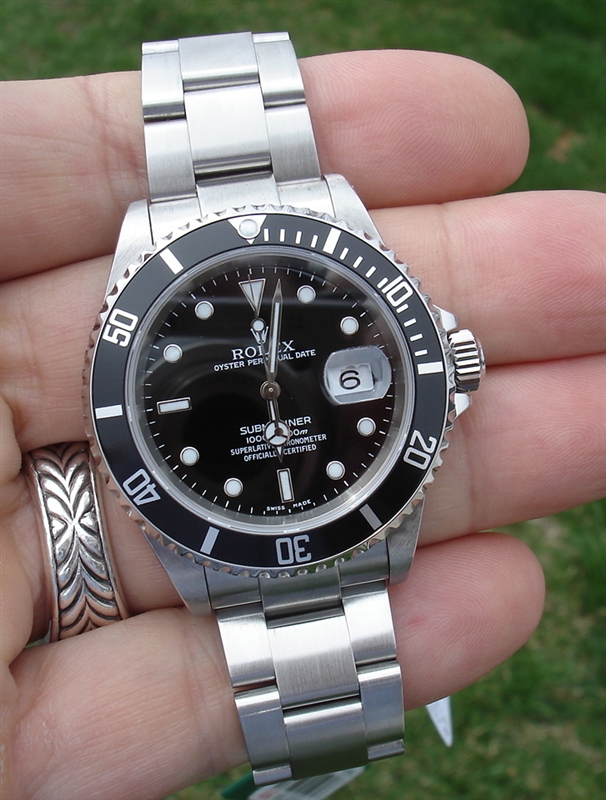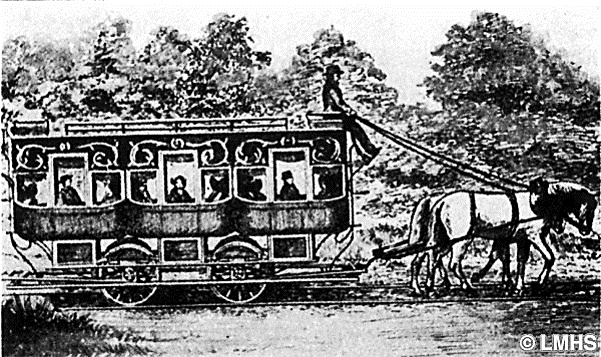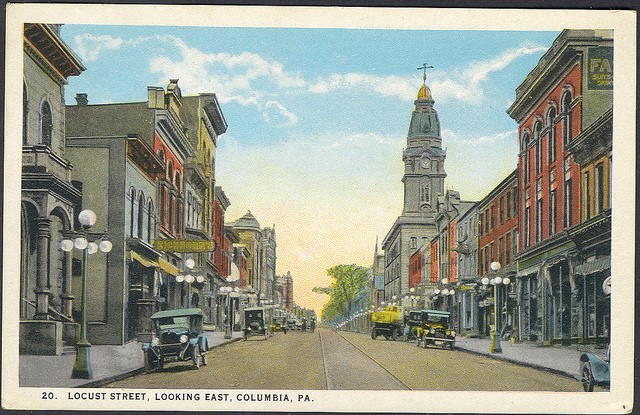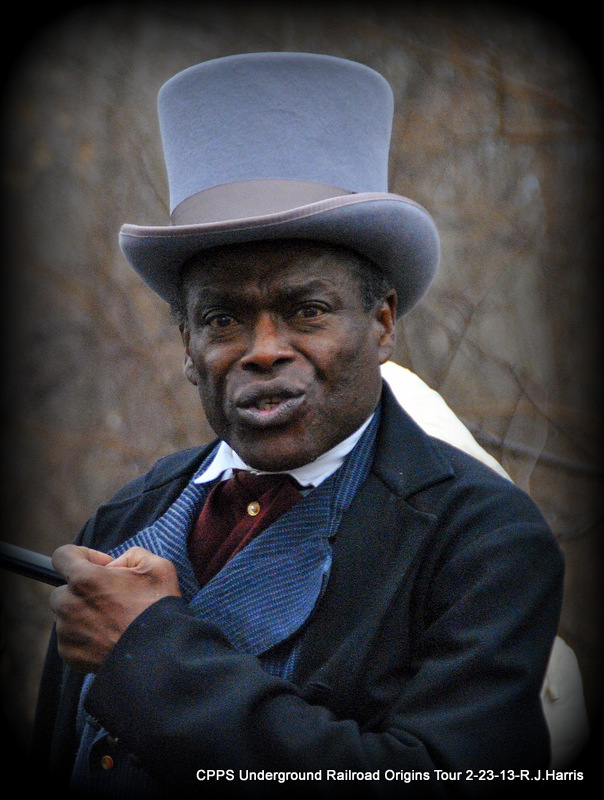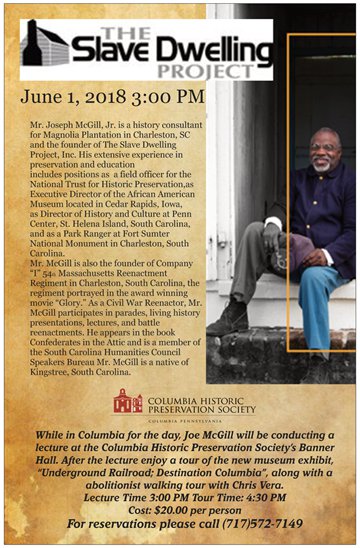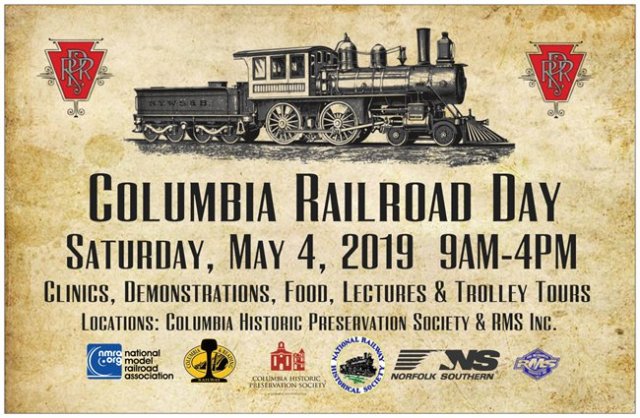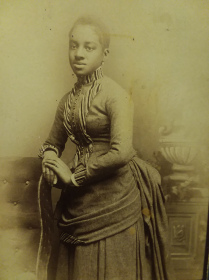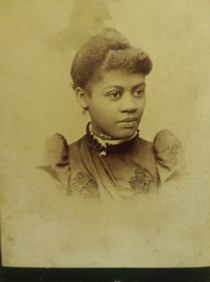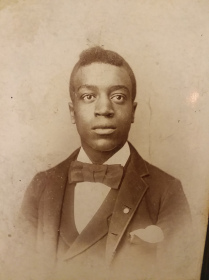Few debates ignite as much passion as the choice between two iconic Rolex models: the Submariner Ref. 5512 and the Explorer Ref. 1016. Both watches embody Rolex’s legacy of precision and durability, yet they cater to distinct tastes and lifestyles. This article delves into their histories, design philosophies, and enduring appeal, offering a nuanced comparison to guide collectors and enthusiasts alike.
The Submariner Ref. 5512: A Dive into Horological Mastery
Historical Evolution
Introduced in 1959, the Submariner Ref. 5512 marked a pivotal moment in Rolex’s dive watch lineage. Departing from its 38mm predecessors, this model debuted a robust 40mm replica Rolex Oyster case with crown guards – a design innovation that became a hallmark of modern Submariners. The 5512’s production spanned over two decades, ending in 1980, during which it evolved through subtle yet significant iterations. Early versions featured square crown guards, later transitioning to the “Eagle Beak” style before settling on rounded guards. These changes not only enhanced functionality but also solidified its rugged aesthetic.
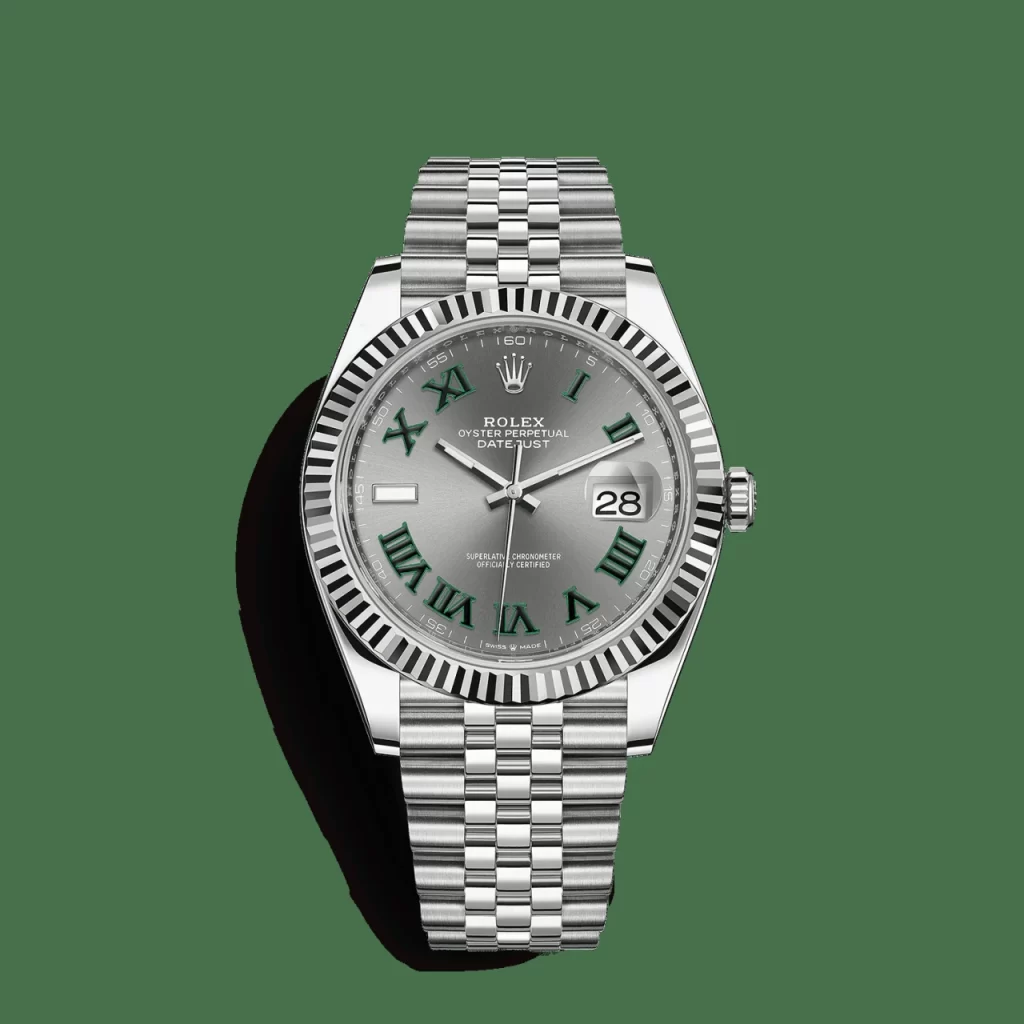
Dial Variations and Collectibility
The 5512’s dials are a study in horological artistry. Early models bore two-line text, reflecting the use of non-chronometer movements like the Caliber 1530. With the adoption of chronometer-certified Calibers 1560 and 1570, dials expanded to four lines, including “Superlative Chronometer” and “Officially Certified” inscriptions. Collectors further categorize variations by gilt vs. matte finishes, “meters-first” vs. “feet-first” depth ratings, and the iconic “Maxi” dials with oversized lume plots. Such diversity makes the 5512 a treasure trove for enthusiasts, with prices ranging from €10,000 for entry-level examples to over €30,000 for rare editions.
Design and Wearability
For Jorg, the Submariner’s allure lies in its timeless design and versatility. The 40mm case suits his 18.5cm wrist comfortably, while its unidirectional bezel and luminous markers exude tool-watch practicality. Though he humorously admits to “desk diving,” the 5512’s blend of form and function – paired with its historical significance – cements its status as a grail watch.
The Explorer Ref. 1016: Elegance in Simplicity
A Legacy of Understatement
Debuting in 1960, the Explorer Ref. 1016 distilled Rolex’s design ethos into a minimalist masterpiece. Unlike the Submariner’s specialized diving features, the 1016 prioritized legibility and durability for everyday wear. Its 36mm Oyster case housed a clean dial adorned with luminous 3-6-9 numerals and Mercedes-style hands – a layout that remains iconic. Produced until 1989, the 1016 saw incremental updates, including matte dials and solid-link bracelets, yet retained its signature elegance throughout its 29-year run.
The Hunt for Perfection
Mike’s advocacy for the 1016 stems from its understated versatility. As a daily wearer, its 36mm case offers a discreet, comfortable fit, particularly for slimmer wrists. However, acquiring a pristine example is no small feat. Many 1016s suffered from over-polishing, and surviving models with original proportions command premiums. Mike’s own quest led him to a 1989 L-series model – a late-production gem that balances vintage charm with near-mint condition.
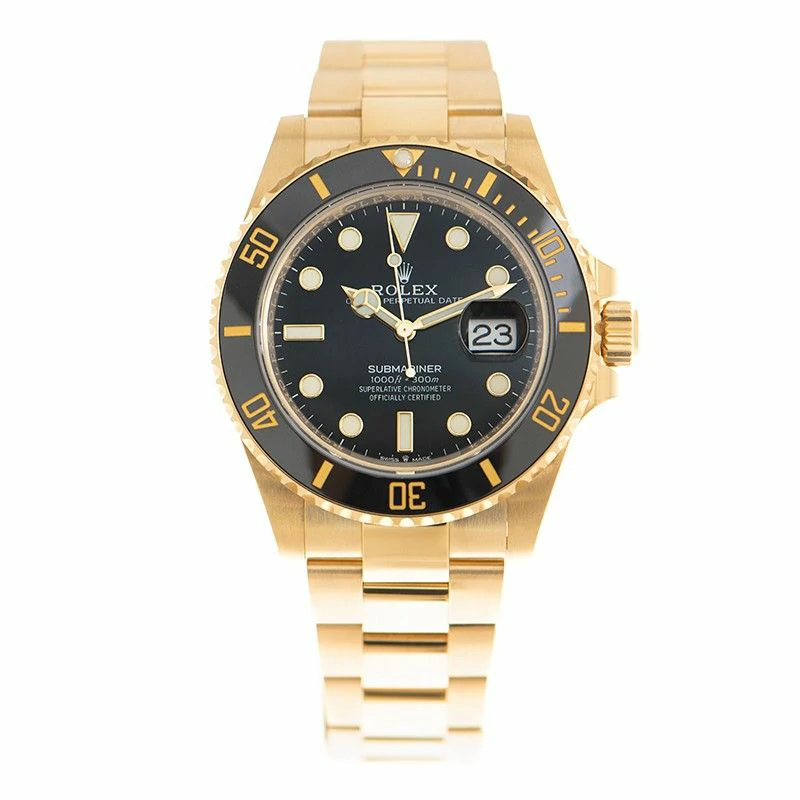
Timeless Appeal
The Explorer’s lack of complications is its strength. Without a rotating bezel or date window, it embodies purity, appealing to those who value subtlety. Its design transcends trends, making it equally at home on a bracelet, leather strap, or NATO. For Mike, this simplicity – coupled with its storied history as a mountaineering companion – elevates the 1016 to the pinnacle of all-purpose luxury watches.
Both models occupy rarefied air in Rolex’s pantheon, yet their differences resonate with distinct audiences. The Submariner 5512 captivates with its technical prowess and bold aesthetics, while the Explorer 1016 wins hearts through minimalist refinement. Market values reflect this divide, with both models fetching €20,000-€30,000 for exceptional specimens.
